Opening logic is one of the following elements, which constitute the process of properly studying an opening:
-
analyzing the most important lines or getting hold of professional analyses
-
learning the most important top level main lines by heart
-
making oneself aware of the typical strategic and tactical motifs and patterns
-
understanding the logic of a position
If you understand the logic of a position, you are capable of giving smart answers to the following questions:
-
What are the characteristics of the position?
-
Is there one (or more) dominating main theme?
-
How are games typically won by either side (mostly, there a many different routes to victory)?
As we know, the Sicilian Defense is not just one opening, but rather a conglomerate of many different openings, which is indicated by their respective body of theory and by the difference with regard to pawn structure, main theme and tempo. Even if we only consider the Open Sicilians and completely disregard the sidelines, we arrive at a striking amount of biodiversity. Obviously, the following positions have not that much in common:
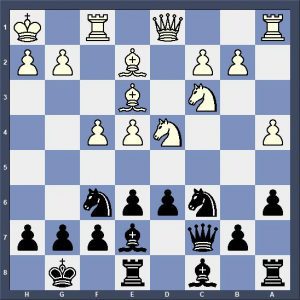
Scheveningen

Pin Variation
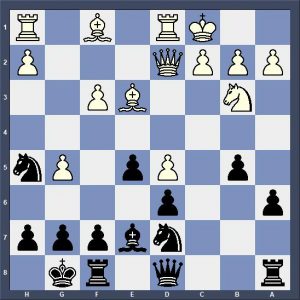
Najdorf 6.Be3

Najdorf 6.Bg5
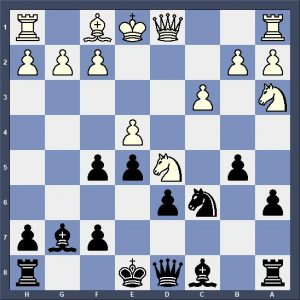
Shveshnikov
That said, there are ways to perform at least a very rough, dual-type categorization of all Open Sicilians. One would be to distinguish between „Deep Sicilians“ and “Non-Deep Sicilians“. The term „Deep Sicilian“ is used by me for all positions with the Scheveningen structure (e6, d6-pawn center), as seen in the first diagram, and refers to their high degree of strategic complexity.
The most complex position in chess is the starting position, as it contains the highest amount of possible game continuations (more than all atoms in the universe together). As a consequence, it is the most difficult one to evaluate or to perform a calculation on. The Scheveningen-structure is the most complex Sicilian center formation, as it includes the biggest amount of sub-formations. Depending on the circumstances, Black might employ the central pawn breaks d6-d5 or e6-e5. He can leave the b-pawn at home or go for b7-b6 or, more often, b7-b5. In some positions he will counter White’s kingside aggression with f7-f5, in other situations he will conquer the square e5 for his knight by pushing g7-g5 in a spectacular fashion. Then, we mustn’t forget about White’s possibilities. He can opt for f3 and g4 (the English Attack) or f4, which we can consider as the basic structure. In this case, he might follow-up with e4-e5 or f4-f5, undermining the square e6. Additionally, he can go for a pawn storm with g2-g4-g5 and f4-f5 afterwards, often followed by g6 or f6. If we consider the possibilities and interaction of both parties, and the resulting sub-structures and sub-sub-structures, we might end up having more than 20 different important pawn structures belonging to the Scheveningen family.
The flexibility of the Scheveningen-structure results in a long-lasting tension. Both sides have to constantly take into account possible alterations, be it as a threat or as a chance. This is not to everyone’s liking, as there is quite a lot of preparation necessary to master this position type. On the positive side, there is no better way to put positional pressure on your opponent and to fight for the full point with Black.
Let’s have a look at a different approach in the shape of the Dragon Variation.
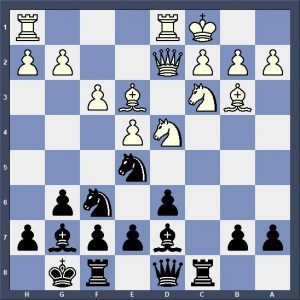
The Dragon is mostly countered by the Yugoslavian Attack, where White castles queenside and tries to mate his rival along the h-file. This position is very difficult from a dynamic point of view, as we deal with the typical race situation, inherent in Sicilians with opposite castling. Every tempo is worth its value in gold and profound theoretical knowledge as well as good calculation skills are of highest importance. That said, the position is quite poor from a pawn-perspective. Black might have the choice to play d7-d5 or d6-d5 in a one-move window of opportunity. Apart from that, the center mostly stays like it is. Also on the queenside pawn thrusts are rarely employed, as piece play is more effective (b7-b5-b4 can be easily met by Nd5, as there is no pawn on e6). The biggest pawn-related decision Black has to take is, whether to stop h4-h5 by playing h5 himself or to let it happen. White has to decide, whether to play h4-h5 as a sacrifice or to prepare it by g2-g4. The only significant change of structure takes place in the instance of a knight swap on d5, when White recaptures with the e-pawn. The Dragon-structure is much poorer then the Scheveningen and hence could be terminally analyzed by a future super computer in much less time. From a pragmatic standpoint, I prefer to combat inferior opponents rather by means of a tough strategic battle Scheveningen-style, than using ultra sharp variations which might result in a coin flip. Against stronger opponents, though, this might be the right decision, provided you are tactically sharp and are willing to learn tons of moves by rote.
There are some good arguments to widen the definition of the „Deep Sicilian“ by including the Taimanov-structure, as it is very similar to the Scheveningen and also very flexible.
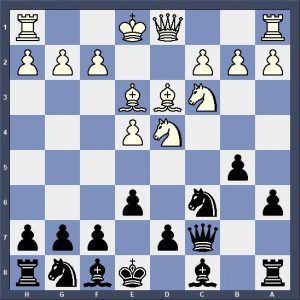
Black has the options to follow-up with d7-d6, d7-d5 or e6-e5. Further, there are b5-b4-related changes and interesting ideas linked to the move h7-h5.
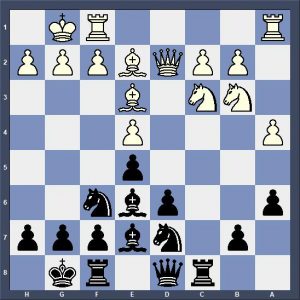
The last candidate for admittance in the exclusive inner circle of the Sicilian power clan is the Najdorf-structure with e7-e5. It is also very rich and one of the basic Sicilian position types. In contrast to the Shveshnikov, Black has a much better control over the square d5.
